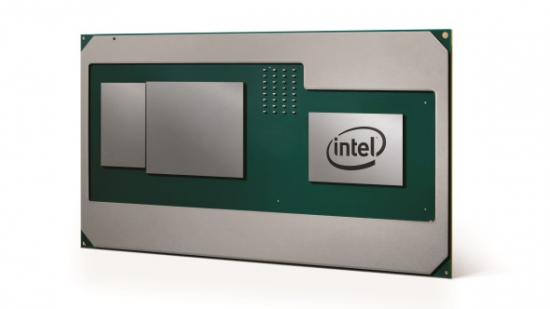Intel and AMD have teamed up to knock Nvidia off their mobile GPU perch, and deliver on the promise of sleek and powerful gaming laptops. That means the new AMD Vega M-powered Kaby Lake G CPUs can outpace a GTX 1060 Max-Q machine while using less juice. Excited yet?
Check out our pick of the best CPUs for gaming you can buy right now.
CES saw the opening salvos being fired this year; just as Nvidia are started their opening press conference of the big tech show Intel announced their plans to break Nvidia’s stranglehold on the mainstream mobile gaming market.
Vital stats
- Intel Kaby Lake G release date
Machines sporting Intel’s new Radeon-powered processors will start to appear from March onwards. Intel’s own Hades Canyon NUC mini-desktop will ship in late-March. - Intel Kaby Lake G specifications
There are two main variants of the Vega M graphics core at the heart of the Kaby Lake G chips – one with 20 CUs and 1,280 GCN cores and another with 24 CUs and 1,536 GCN cores. Both have 4GB HBM2 as standard. All the CPU components will be four-core, eight-thread, even the Core i5 parts. - Intel Kaby Lake G architecture
They’re using the older Kaby Lake 14nm design for the CPU parts of the G-series chips, with a semi-custom Radeon Vega chip plumbed in via PCIe 3.0. The Vega M is connected to the HBM2 memory via Intel’s own EMIB interconnect. - Intel Kaby Lake G performance
Intel are promising Nvidia-beating game performance from both the Vega M GH and Vega M GL variants, with the 24 CU chips out-pacing a GTX 1060 Max-Q by 10% and the 20 CU parts besting a GTX 1050 by up to 40% in gaming tests.
________________________________________________
The new Kaby Lake G processors are promising to bring us mainstream gaming laptops without the need for hot and heavy discrete Nvidia, or AMD, graphics chips attached to them. The space-saving alone could allow for laptop designs with bigger batteries, larger, quieter fans, or simply shrunken, lower power gaming-capable notebooks.
This mixing of Intel Cores and Radeon Vega graphics silicon is indicative of just how badly both companies want to squeeze Nvidia out of the lucrative gaming laptop space. Over the last three years the game-ready notebook market has seen a 42% compound annual growth rate, and that’s in a world where Apple is trying to tell you the computer is dead and everybody else says that no-one buys PCs anymore.
Despite their acrimonious past relationships AMD and Intel have settled some of their differences – cold, hard cash can be such an effective mediator – because as every good Total War player knows, the enemy of my enemy is my friend. Or y’know, my semi-custom GPU supplier.
Intel Kaby Lake G release date
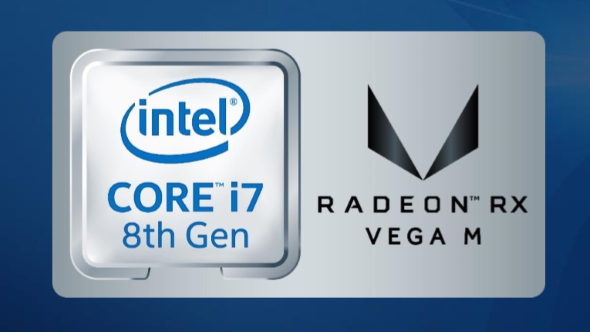
After an initial pre-CES launch announcement this January we’re not actually going to start seeing machines rocking the new Intel/AMD hybrid chips until Spring of this year. Essentially we’re taking that to mean late-March for pretty much everything Kaby Lake G / Vega M related.
Intel has their own Vega M GH-powered Hades Canyon NUC, which is going to be shipping to the market in late-March and we doubt there will be many laptop manufacturers beating Intel to the shelves with Vega M notebooks. Though we do know that Dell and HP will definitely have systems using the new chips.
Whether we’ll actually see Vega M GH laptops is going to be down to the individual manufacturers. Intel have certainly only been talking about the 100W top part as something for their desktop NUC designs, but we’re desperate to see all 1,536 GCN cores being put to use in a small-scale, 1080p, 60fps-capable, gaming notebook. One that shouldn’t melt the flesh from our laps, or exacerbate the declining sperm-counts of half the population.
Intel Kaby Lake G specifications
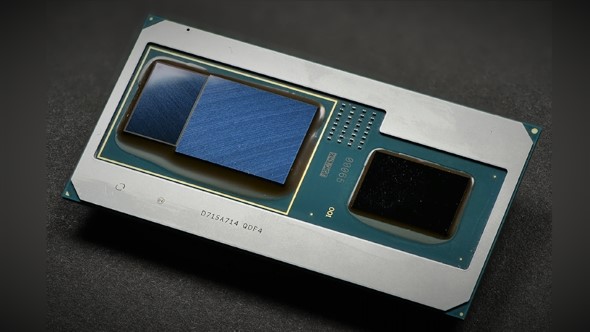
It’s the AMD portion of the new Intel processors which is the interesting bit. The actual CPU component is about as boring as you can get – they’re all using the dreadfully dull Kaby Lake 14nm architecture. There probably needs to be some form of + behind that lithography, but I’m growing increasingly weary of Intel’s attempts to pretend the same production process is in any way new with every CPU release.
That means it’s all four cores and eight threads across the board, with none of the six-core excitement that’s set to enthuse the mobile market when they finally get around to releasing the Intel Coffee Lake H-series parts later on in the year
There is, however, some mild level of interest around the Core i5 chip – Intel have allowed it some HyperThreading lovin’ and let it have eight threads of its own to play with. That makes it unlike most Core i5 processors around and means the only difference between it and the Core i7 parts is that it’s got slightly lower clockspeeds and less total cache.
But, as I said, it’s the Vega M GPU where things are really interesting, and we’ve got two different variants of the GPU on offer. There is the Vega M GH and Vega M GL, essentially that plays out as Vega M Graphics High and Graphics Low.
The top-level Vega M GH part is only being used in Core i7 G-series chips, and comes with the full complement of 24 compute units (CUs). There are 64 GCN cores in each CU and therefore 1,536 cores in the total GPU package. The core and boost GPU frequencies are inevitably much lower than Vega’s desktop counterparts, but topping out at just under 1,200MHz is still a pretty decent clockspeed for the chips to achieve under those power-constricted, 100W TDP environs.
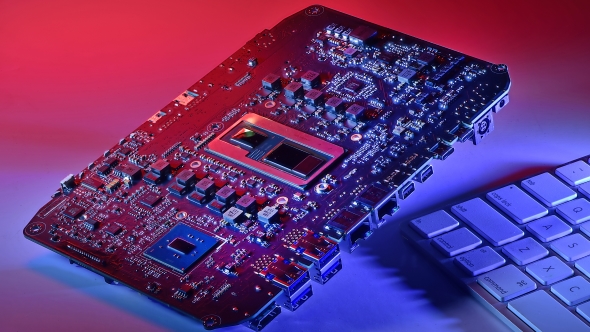
By comparison the Vega M GL processors have 20 CUs inside them, giving them a total of 1,280 GCN cores. For reference that’s 256 more cores than the RX 560’s Polaris GPU contains. Because these chips are sporting a 65W TDP they necessarily have a lower set of clockspeeds, only just topping the 1GHz mark under maximum boost conditions.
Interesting it looks like the lower spec chips also have half the render output units too, with the GL GPUs only offering 32 pixels per clock cycle compared with the GH’s 64 pixels per clock cycle. This is most relevant when we’re talking about post-processing and anti-aliasing – those settings might need to take a step down when you’re gaming on the lower-spec GPUs.
In terms of the memory, all of the G-series chips are making do with 4GB of second-gen high-bandwidth memory (HBM2) directly attached to the GPU.
There is also a single unlocked part in the G-series range, the Core i7 8809G. That’s the chip which recently appeared on Intel’s own list of unlocked processors, so I guess that’s not much of a shock.
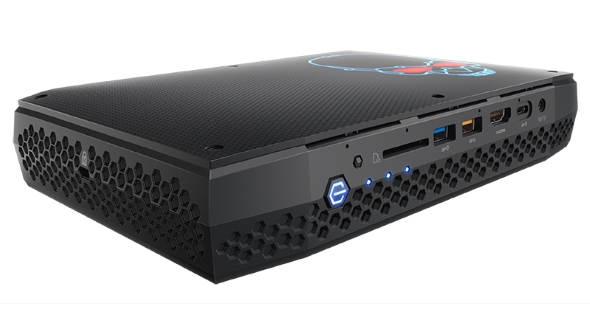
It does mean that with the i7 8809G you’ll get to use both AMD’s WattMan and Intel’s XTU overclocking apps. Oh, lucky you… But the entire chip is unlocked so do you get access to tweaking the nuts off the CPU, GPU, and the HBM2 memory. The other four G-series processors, however, are completely locked down. That would likely indicate that the 8809G will remain the go-to chip for mini desktop PCs, such as the Hades Canyon NUC, and probably won’t be the Vega M GH chip that finds its way into the higher-spec G-series laptops.
The i7 8809G and 8709G will be the two chips that go inside the Hades Canyon NUC mini PCs, and Intel’s John Deatherage, the NUC marketing director, was actually calling them “the Intel VR machine” in a recent briefing call. You can see why they’re being codenamed Hades Canyon when the marketing director has a name like DEATHeRAGE…
They will be remarkably powerful little machines, but it might be a bit of a stretch for them to really be able to keep up with the graphical demands of VR gaming. I understand the bar is being lowered on the GPU front, but I think you’d probably struggle getting Fallout 4 VR running nicely on the NUC.
Intel Kaby Lake G architecture
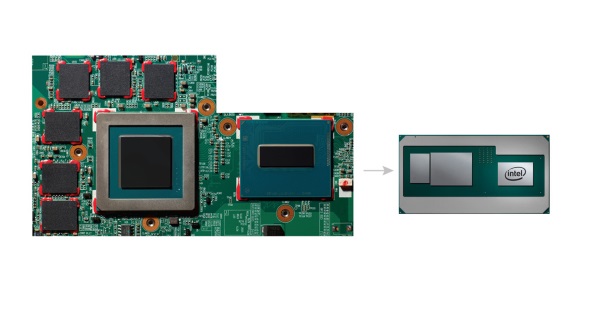
The underlying architectures of the new Vega M-powered Kaby Lake G chips are all pretty much known quantities right now, all apart from the intricacies of the embedded multi-die interconnect bridge (EMIB) that is.
The Kaby Lake CPU architecture is over a year-old now, having been released into our test benches just before Christmas last year. It’s also almost identical to the 14nm Skylake architecture released back in 2015. So yeah, like I say, it’s a known quantity…
Since its launch last year, the AMD Vega GPU architecture is fairly well understood too. Key parts of its design are the Rapid Packed Math (RPM) and High Bandwidth Cache Controller (HBCC) features. RPM essentially allows the GPU to execute two mathematical instructions for the price of one, though with a little less accuracy. That’s not an issue in gaming as we don’t need the 32-bit precision you might need on the professional side of data management.
The HBCC component allows the GPU to utilise a portion of system memory as an extended frame buffer, which might come in handy given that you’re only getting 4GB of video memory with the Vega M design. This high-speed memory controller also comes in handy utilising that 4GB of HBM2 memory to is fullest. Having a 1,024-bit memory bus means there’s a lot of bandwidth flying around, with the GH and GL variants having 205GB/s and 179GB/s of memory bandwidth respectively.
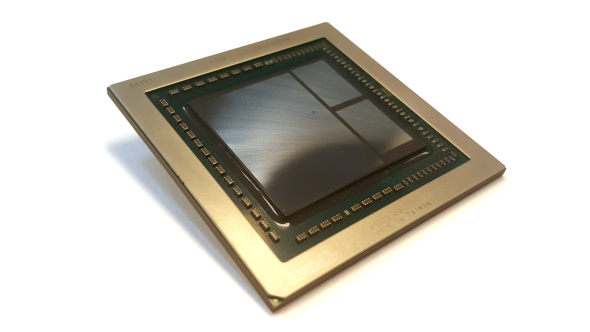
What you also get with the Vega GPU is access to all of AMD’s recent software advances. The recent AMD Adrenalin update has improved on their consistent improvements, and is their best driver release in an age. For this sort of mobile chip the Radeon Chill feature will be excellent, allowing practically invisible energy, and therefore battery, saving while gaming. You also get access to FreeSync and FreeSync 2.
But how Intel have brought all this together is arguably the most interesting part of the whole design. They purchased the semi-custom AMD Vega GPU in whole, but have used their own EMIB to connect it to the HBM2. EMIB is a method, which Intel unveiled last year, that allows them to link different architectures and silicon designs together using a high-throughput interconnect.
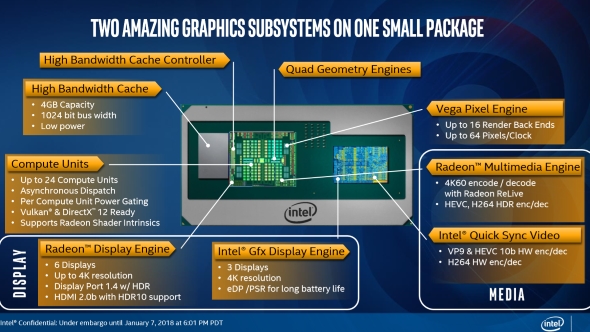
What they haven’t done, however, is use the EMIB technology to connect the Vega GPU to the Intel Core CPU. That connection is handled by a very traditional eight-lane PCIe 3.0 bridge, leaving a further eight lanes available to the CPU for PCIe-based storage.
This is where AMD could potentially be able to improve on what Intel have done with their GPU when it comes to producing higher-spec Ryzen Mobile parts. Using their own Infinity Fabric connection tech to have the CPU and GPU all within a single chip ought to give it a bit of an edge over the Intel Vega M design – which is still essentially just a discrete GPU and CPU combo, not an efficient single chip setup. But whether AMD will actually produce any larger-scale Ryzen Mobile processors is looking less and less likely, especially not ones with the sort of GCN core-count this semi-custom GPU is sporting, or with the HBM2 VRAM either.
But Intel would likely argue their software-based dynamic power sharing will take care of any differences in efficiency that might arise between the two different methods team red and team blue are using to get Vega into mobile form. Intel are claiming almost 20% efficiency gains by using this Dynamic Tuning feature.
Vega also contains a per-CU power gating system, which allows the GPU to shut down entire clusters of GCN cores if they’re not required. And, because the G-series are based on Kaby Lake-H mobile parts you are also getting Intel HD graphics for the times when you don’t need the high-performance Radeon GPU and want to save juice. Though I think Intel might be overstating it a little by saying the G-series package contains “two amazing graphics subsystems.”
Intel Kaby Lake G performance
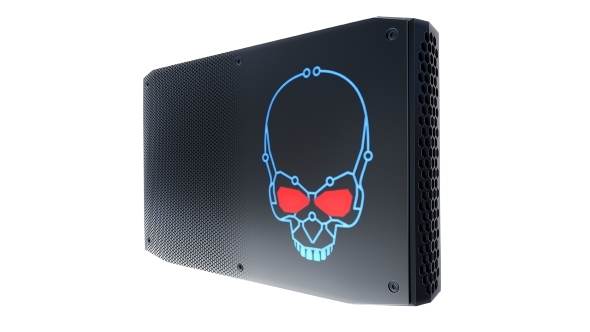
We’re going to have to take Intel’s word for the Kaby Lake G chips’ performance as it’s going to be a while before we see genuine machines sporting the new processors actually arrive on our test benches. Hopefully by then we’ll have a greater range of AMD Ryzen Mobile notebooks to put them up against.
And, who knows, maybe Nvidia will launch Volta-based notebook parts by the end of March this year too. Yeah, I’m not even convincing myself…
In Intel’s own hand-picked benchmarks, however, we’re seeing the top-spec Vega M G-series parts capable of outperforming laptops running GTX 1060 Max-Q by around 10% on average, offering 60 fps at high 1080p settings. That’s genuinely impressive, even given the fact the Max-Q Design chips will generally run around 10% slower than a standard Nvidia mobile GPU anyway. We’re talking then about the Vega M GH potentially hitting the same level of performance as a $1,500+ gaming laptop.
Now, imagine how expensive Kaby Lake G laptops are going to be…
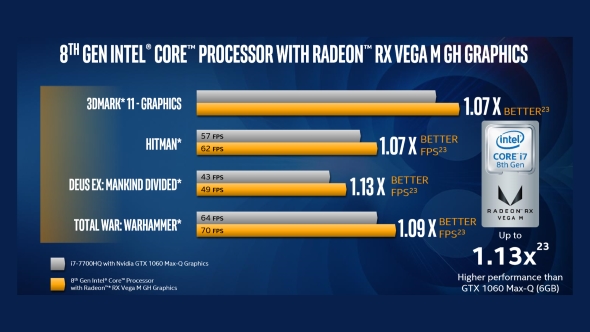
Whether that’s going to be enough raw GPU performance for the Vega M GH-based Hades Canyon NUCs to really be able to claim genuine VR gaming performance is yet to be seen. They’re calling it their virtual reality machine, but you might struggle to get the most demanding of VR titles running at a smooth enough rate so as not to make you lose both your lunch and/or your dignity.
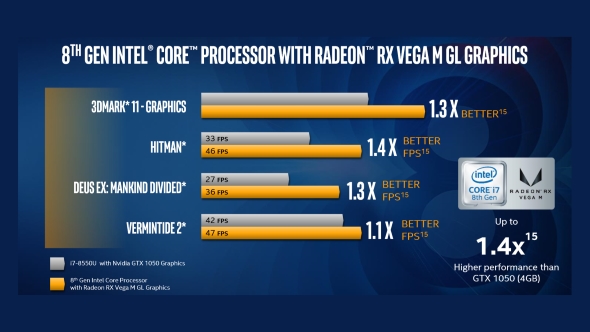
The Vega GL variants compare even more favourably to the respective Nvidia components, with the Intel benchmarks showing between 30% and 40% performance improvements for the Intel chip up against the GTX 1050 mobile chip. Obviously those are going to be the best-case scenarios picked by Intel’s benchmarking team, but it still looks pretty good.
They not shown up against the GTX 1050 Ti, but given that GPU’s TDP is almost the same as the entirety of the GPU and CPU of the 65W Vega M GL part, that’s understandable. You’re not going to be getting 60fps at high 1080p settings with the Vega M GL, but even knocking around the 40fps mark is still pretty decent. Though those are purely the average figures, it will be interesting to note the minimum fps and frame time scores of both the Vega M G-series chips.
